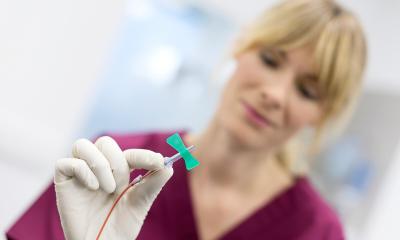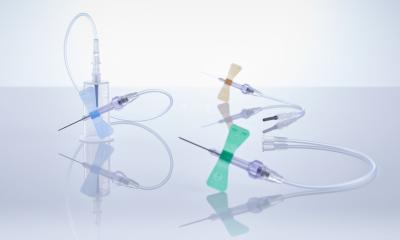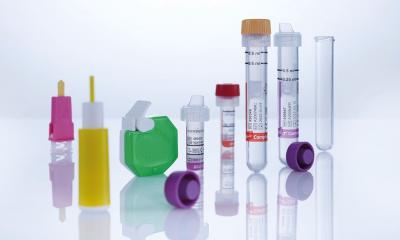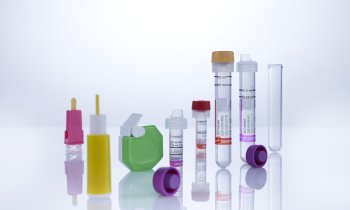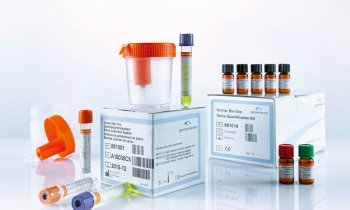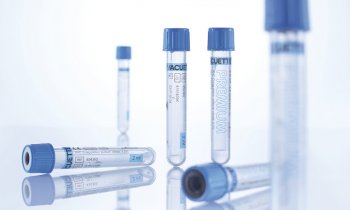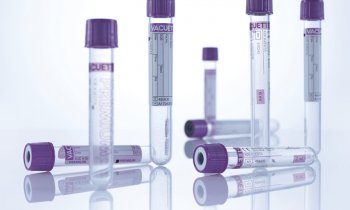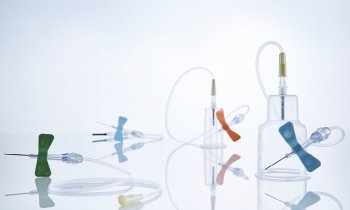
© Greiner Bio-One GmbH
Sponsored • Effects of the pandemic on patient care
Why safe blood collection is more important to nurses in 2023 than ever before
In recent years, we’ve all witnessed the sustained pressure on frontline healthcare professionals.
'Before Covid, healthcare professionals seldom had to worry that one day their work would put their health, maybe even their lives at risk,' says Constance Mak, a registered nurse and phlebotomy technician based in Hong Kong. But the effects of the pandemic will endure for many years to come. So how are healthcare providers protecting their nurses from infection; so that they can do their jobs, and aren’t put off a career in nursing in the first place?
The hazards nurses face today
Staff are acutely aware that they are exposed to the risk of infection in a hospital or clinic. There are often breakouts of multi-resistant bacteria, and for a phlebotomist, these risks are heightened. Hep B, Hep C and HIV can be contracted from a needlestick injury and blood potentially carries a risk of bloodborne infection if not collected, handled, and stored properly.
'Collecting blood and setting up an intravenous catheter - these are the two major high-risk and high-volume procedures our healthcare professionals perform in acute and emergency settings,' says Constance. 'And needlestick injuries usually happen during use and before disposal.'
Nurse fatigue and patient safety
How do healthcare professionals stay safe during phlebotomy? Around the world, nurses are managing increasing caseloads, surges in the demand of clinical care1, and interruptions to the availability of quality products. All this amid squeezed budgets and a crisis in nurse retention.2
Constance is keen to emphasize the rigorous and mandatory training for accreditation in phlebotomy certification that all healthcare professionals must complete and maintain in order to perform blood collection, as well as the regular audits that hospitals and clinics are subject to.
Are nurses at risk during blood collection?
In the last twenty years, the methods for collecting blood have also evolved to protect both nurse and patient: 'Like a lot of the world, we’ve used the closed collection system for drawing blood samples; safer sharps devices keep the risk of exposure to a minimum during blood collection from a patient.' The use of a non-contained, exposed syringe needle in blood collection [open collection] was the cause for the high incidence of infection from injury and was the standard when Constance began her career.3
Being able to rely on a quality, safety-engineered device for this method allows staff to perform their tasks with the minimum of fuss.
Go with the safety flow
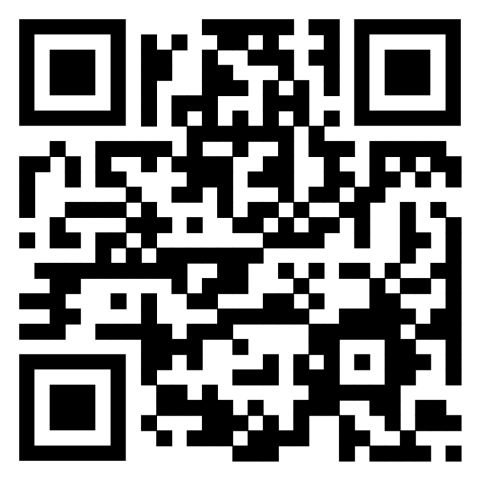
Source: Greiner Bio-One GmbH
Greiner Bio-One knows that the small details of blood collection kit matter in the lab, just as much as they do on the ward. It is why every detail of their products and services are designed with that safety approach in mind. From the moment a blood sample is drawn, to the moment it becomes data.
Read the full article and other interesting stories on the GBO Safety Blog.
Literature:
- Scanlon et al.: Evaluating Efficacy of a COVID-19 Alternative Care Site Preparedness Assessment Tool for Catastrophic Healthcare Surge Capacity during Pandemic Response; Healthcare (Basel) 2023
- ICN report says shortage of nurses is a global health emergency; International Council of Nurses, March 2023
- Jagger et al.: The impact of U.S. policies to protect healthcare workers from bloodborne pathogens: The critical role of safety-engineered devices; Journal of Infection and Public Health 2008
01.10.2023



